Winterizing A Palm Tree: Tips On Wrapping Palm Trees In Winter
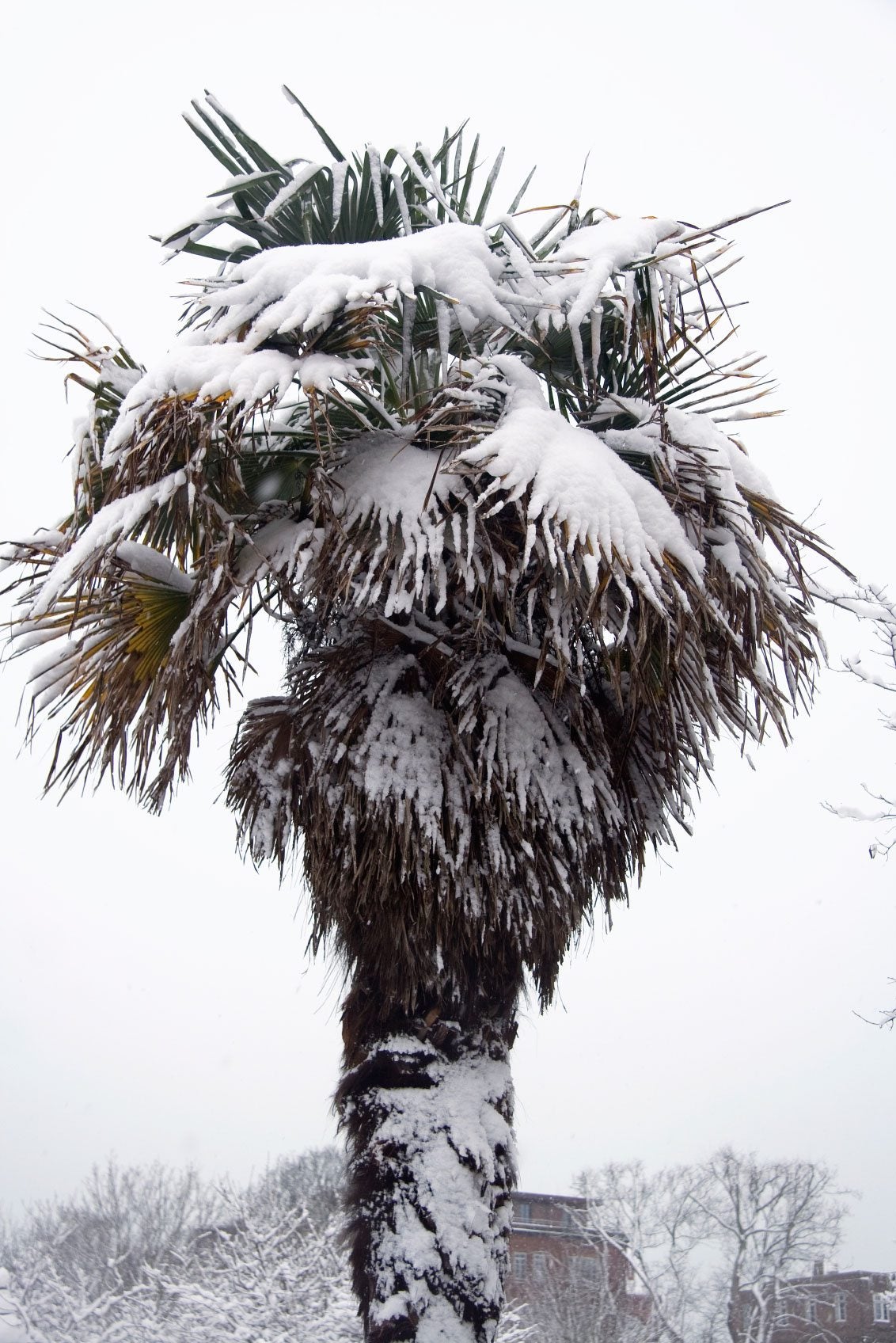
Palm trees don't just make an appearance in Hollywood. Different varieties can be grown around the United States, even in places where snow is a regular winter feature. Snow and freezing temps aren't exactly a palm trees milieu, so what kind of winter protection must you provide for palms?
Winter Palm Tree Care
Frost and freezing temperatures damage the tissue of plants, in general weakening them and leaving them susceptible to diseases. Cold snaps, in particular, are of concern. Winterizing your palm tree to protect it from cold damage may be of paramount importance, especially depending on your region. Winter palm tree care usually requires wrapping palm trees in winter. The question is how to wrap the palm tree for winter and with what?
How to Wrap Palm Trees for Winter
If your palm is small, you can cover it with a box or blanket and weigh it down. Don't leave the cover on for longer than 5 days. You can also cover a small palm with straw or similar mulch. Remove the mulch immediately when the weather warms up. As to winterizing a palm tree by wrapping it, there are 4 basic methods: stringing Christmas lights, the chicken wire method, utilizing heat tape and using water pipe insulation. Christmas lights - Christmas lights to wrap the palm are the easiest method. Do not use the newer LED lights, but stick with good old-fashioned bulbs. Tie the leaves together into a bundle and wrap them with a string of lights. The heat emitted by the lights should be enough to protect the tree, and it looks festive! Chicken wire - When using the chicken wire method, lace 4 stakes, 3 feet (1 m.) apart, in a square with the palm at the center. Wrap 1-2 inches (2.5-5 cm.) of chicken wire or fencing wire around the posts to create a basket of about 3-4 feet (1 m.) high. Fill the “basket” with leaves. Remove the leaves in early March. Pipe insulation - When using water pipe insulation, cover the soil around the trees with mulch to protect the roots. Wrap the first 3-6 leaves and the trunk with water pipe insulation. Fold the top over to keep water from getting inside the insulation. Again, in March, remove the wrapping and mulch. Heat tape - Lastly, you can winterize the palm tree by using heat tape. Pull the fronds back and tie them. Wrap a heat tape (bought at a building supply store), around the trunk beginning at the base. Leave the thermostat out at the bottom of the trunk. Continue wrapping around the entire trunk up to the top. One 4' (1 m.) tall palm needs a 15' (4.5 m.) long heat tape. Then, wrap the trunk with 3-4 layer of burlap and secure with duct tape. Over top of all of this, wrap the entirety, including the fronds, with plastic wrap. Plug the tape into a ground fault receptacle. Remove the wrapping just as the weather begins to warm up lest you risk rotting the tree. All of that is too much work for me. I am lazy. I use the Christmas lights and keep my fingers crossed. I am sure there are many other winter protection methods for palms. Use your imagination and be sure not to wrap the tree too far ahead of the cold and to unwrap it just as the weather warms.
Gardening tips, videos, info and more delivered right to your inbox!
Sign up for the Gardening Know How newsletter today and receive a free copy of our e-book "How to Grow Delicious Tomatoes".

Amy Grant has been gardening for 30 years and writing for 15. A professional chef and caterer, Amy's area of expertise is culinary gardening.
-
 Looking For Plants To Give You The Soft And Fuzzies? Try These 5 Fuzzy Leaf Plant Options
Looking For Plants To Give You The Soft And Fuzzies? Try These 5 Fuzzy Leaf Plant OptionsLovers of texture, drama, silver foliage and tactile plants will adore these special sensory garden additions. These fuzzy leaf plant options will leave you all aglow
By Susan Albert
-
 Get Ready For A Summer Of Hummers! Grow These Full Sun Hummingbird Plants and Flowers
Get Ready For A Summer Of Hummers! Grow These Full Sun Hummingbird Plants and FlowersIf you’re lucky enough to enjoy a sunny backyard, make sure you are maxing out on your pollinator opportunities and grow these full sun hummingbird plants and flowers
By Tonya Barnett
-
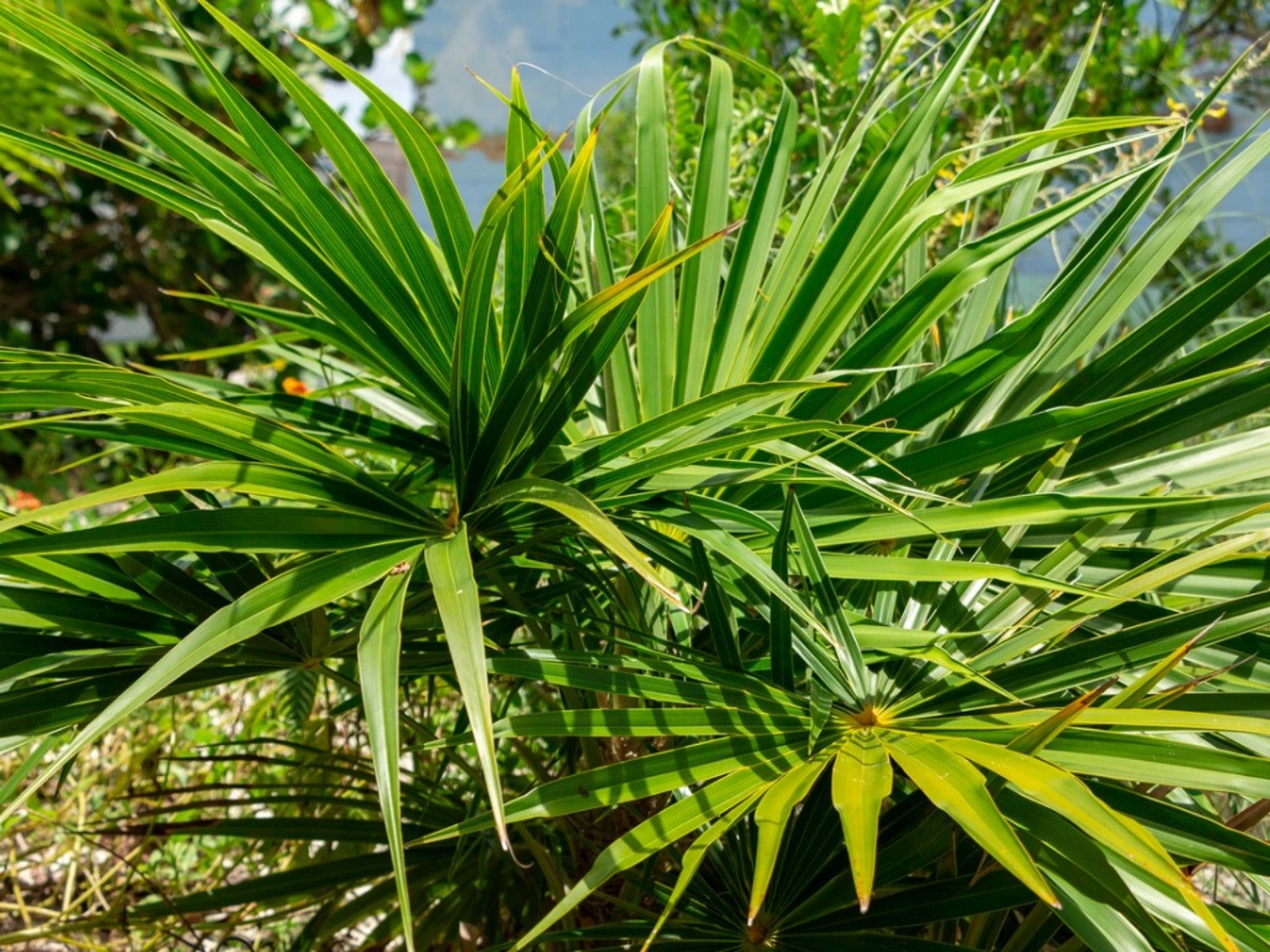 Florida Thatch Palm Facts – How To Grow Florida Thatch Palm Trees
Florida Thatch Palm Facts – How To Grow Florida Thatch Palm TreesGrowing Florida thatch palms is not difficult in the right climate. If these trees interest you, read on for more Florida thatch palm facts.
By Teo Spengler
-
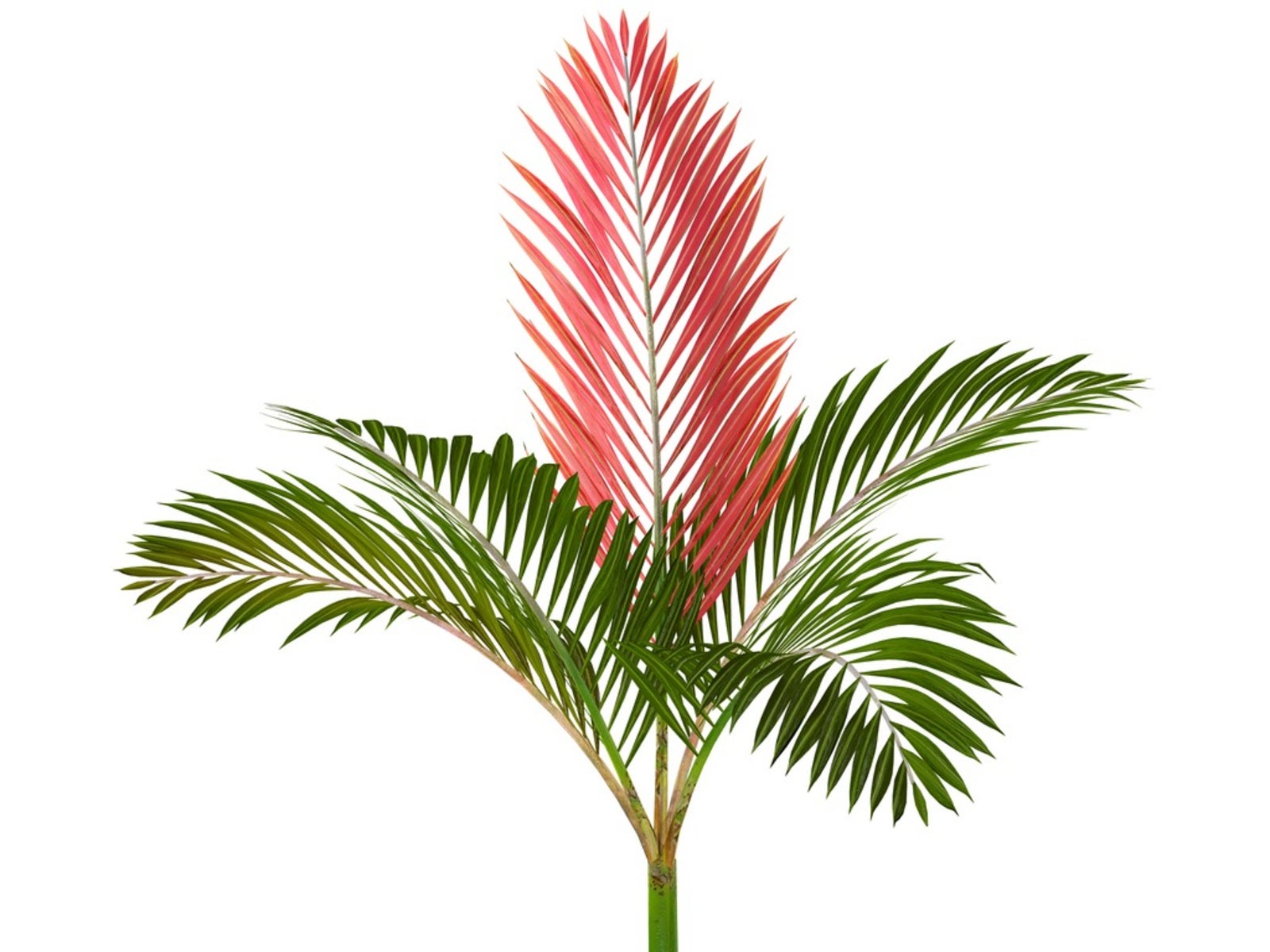 Red Leaf Palm Information – Learn About Growing Flame Thrower Palms
Red Leaf Palm Information – Learn About Growing Flame Thrower PalmsRed leaf palms are exotic and beautiful trees with leaves that grow in scarlet. If you’re thinking of growing these trees, click here for more information on red leaf palm care.
By Teo Spengler
-
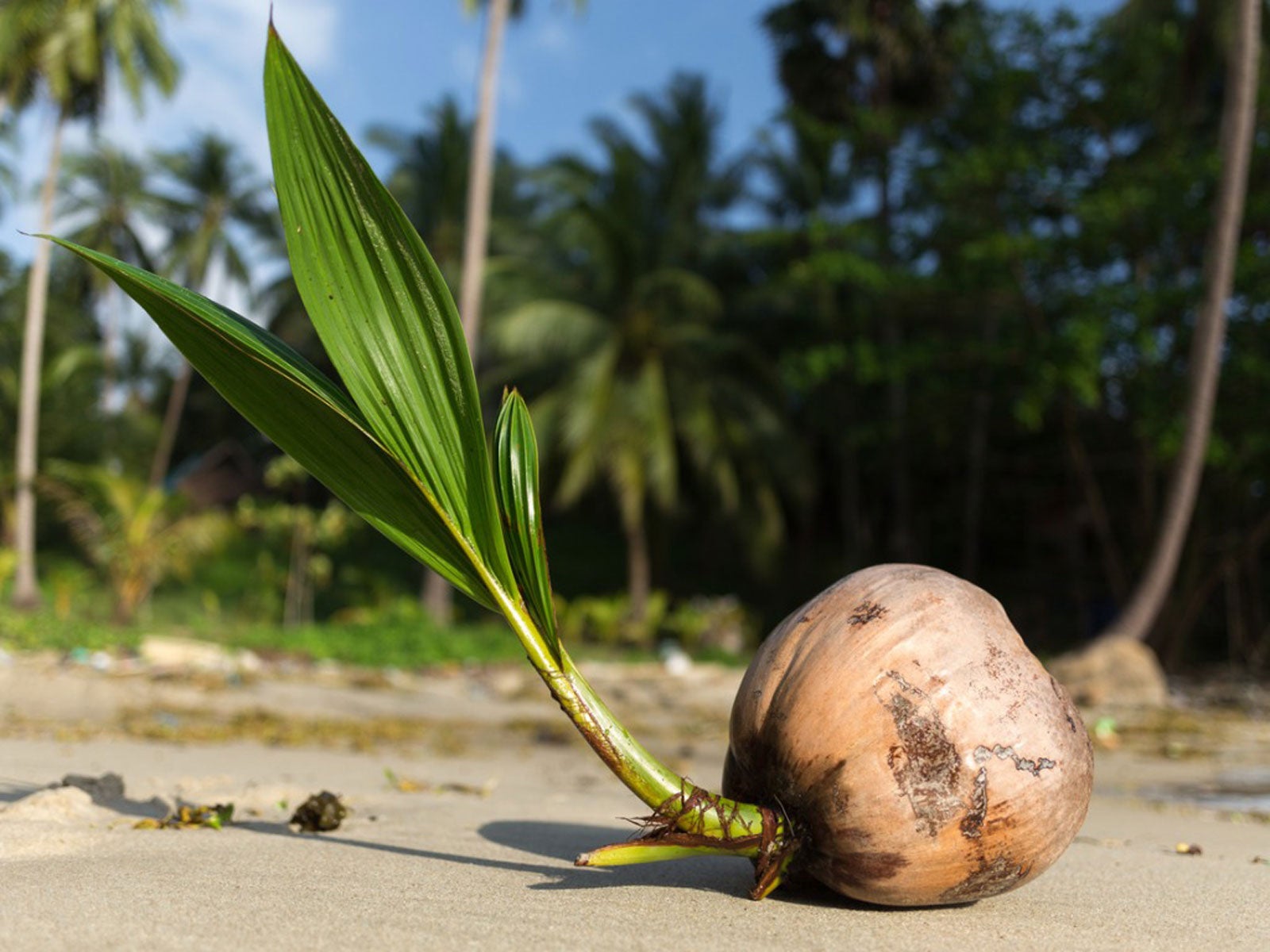 Palm Tree Seed Germination: What Does A Palm Tree Seed Look Like
Palm Tree Seed Germination: What Does A Palm Tree Seed Look LikePalm tree seed germination is not a matter of weeks but months or even years. Click here for more information on growing palms from seed.
By Teo Spengler
-
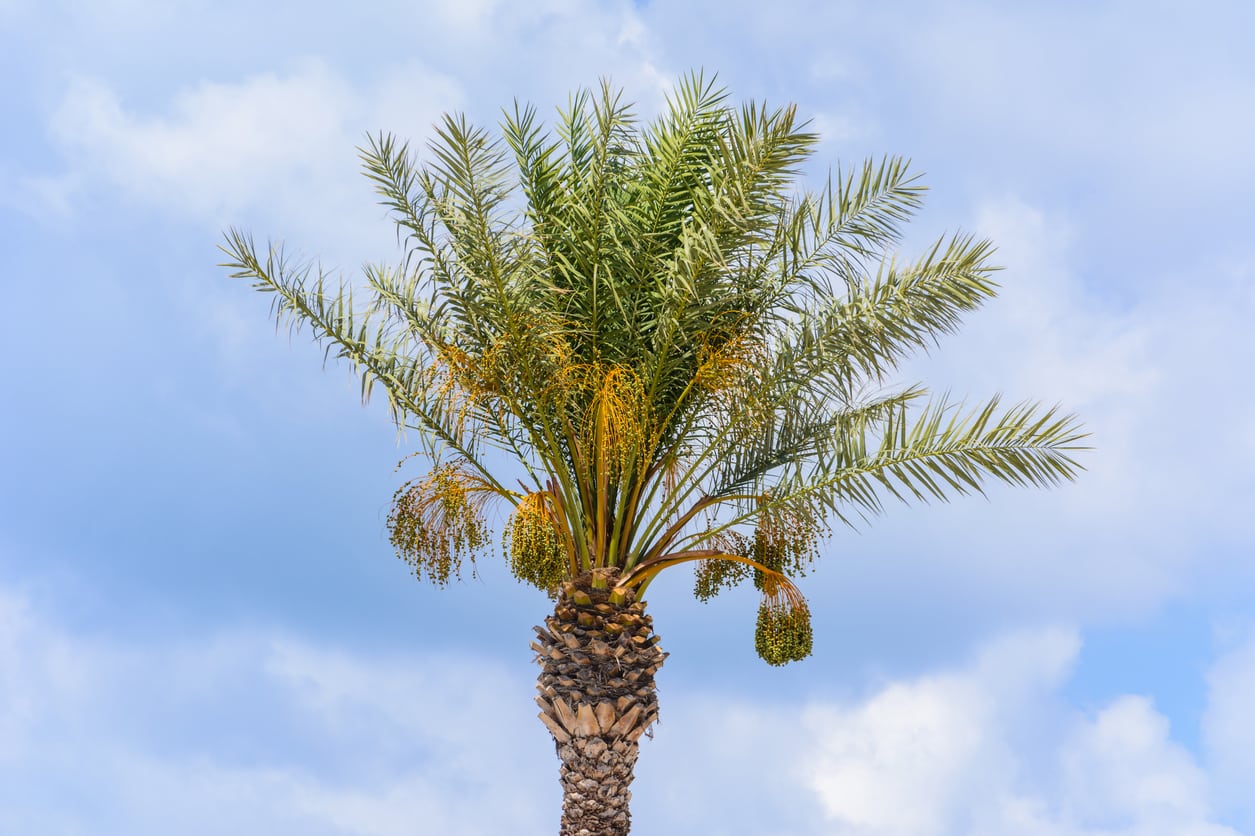 Feeding A Palm Tree: Learn How To Fertilize Palms
Feeding A Palm Tree: Learn How To Fertilize PalmsPalm trees are planted as specimen plants for their exotic, tropical look. However, palm trees have high nutritional demands and the calciferous, sandy soil they’re normally grown in cannot always accommodate these needs. Click here to read more about fertilizing palm trees.
By Darcy Larum
-
Pink Rot On Palms: Tips For Treating Palms With Pink Rot Fungus
Pink rot fungus is a palm tree disease that infects damaged or weakened palms. Like many fungi, it is easier to prevent than it is to treat. Here are some tips on dealing with pink rot on palms. Click this article to learn more.
By Jackie Carroll
-
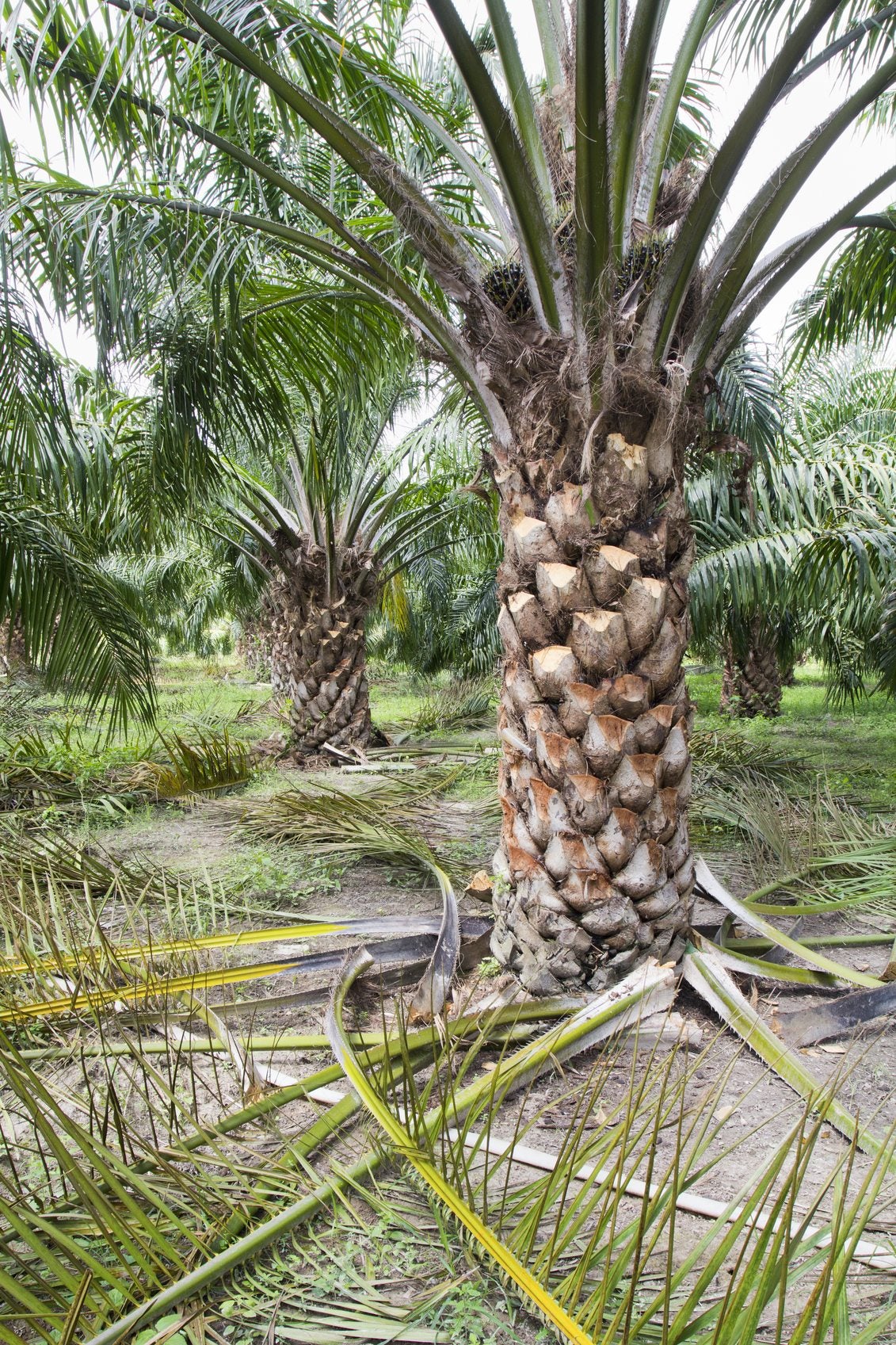 Pruning Palm Plants: Tips On Cutting Back A Palm Tree
Pruning Palm Plants: Tips On Cutting Back A Palm TreeCutting back a palm tree will not make it grow faster. This myth has caused gardeners to do extensive palm tree pruning that doesn't help and can hurt the tree. If you want to know how and when to prune a palm tree, this article will help.
By Teo Spengler
-
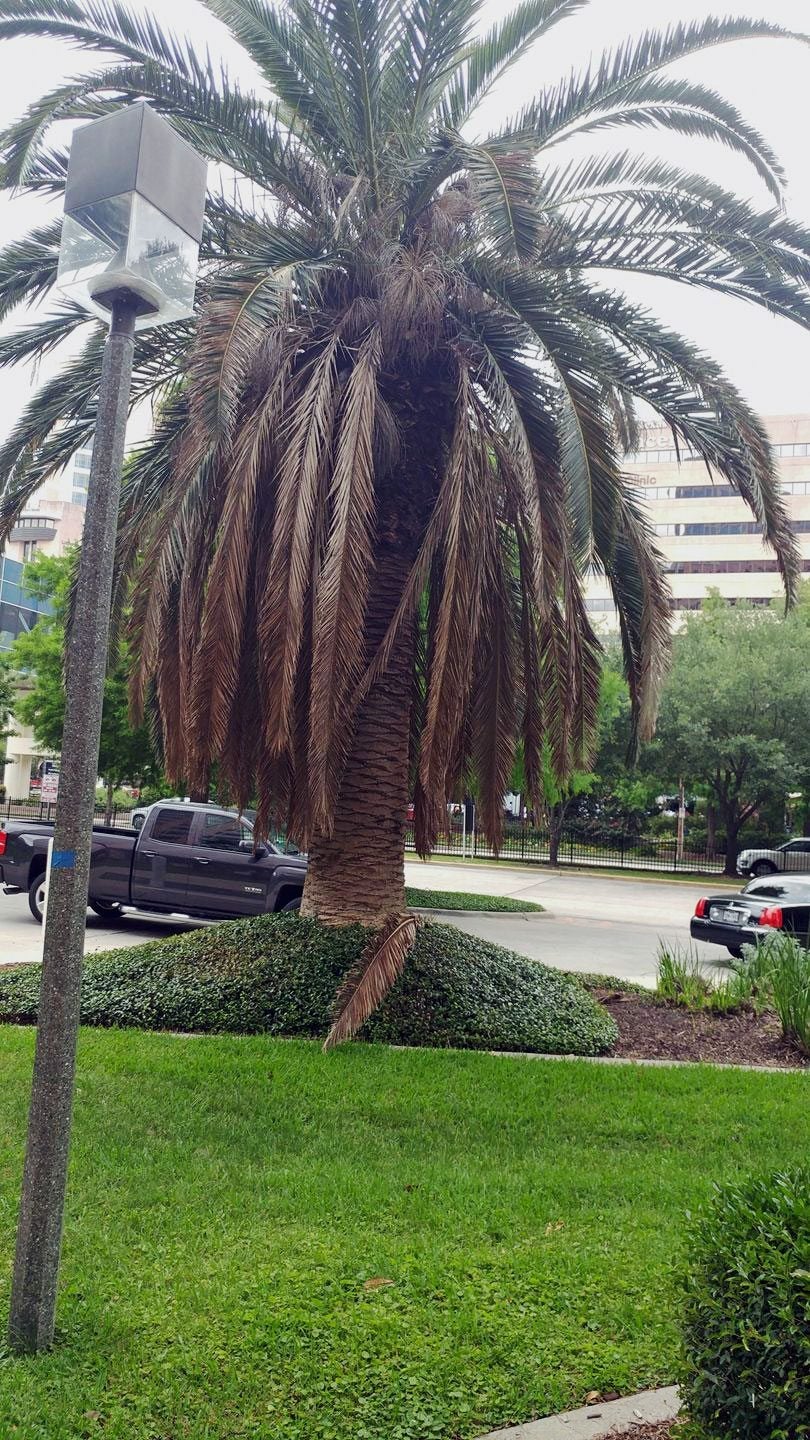 Palm Tree Dropping Fronds: Can You Save A Palm Tree Without Fronds
Palm Tree Dropping Fronds: Can You Save A Palm Tree Without FrondsThere are a number of reasons for palm tree fronds falling off, from natural "cleaning" to damaging cultivation, disease, and pest issues. If there are no fronds on a palm tree, the plant may be in real trouble but it is possible to still save it. Learn more here.
By Bonnie L. Grant
-
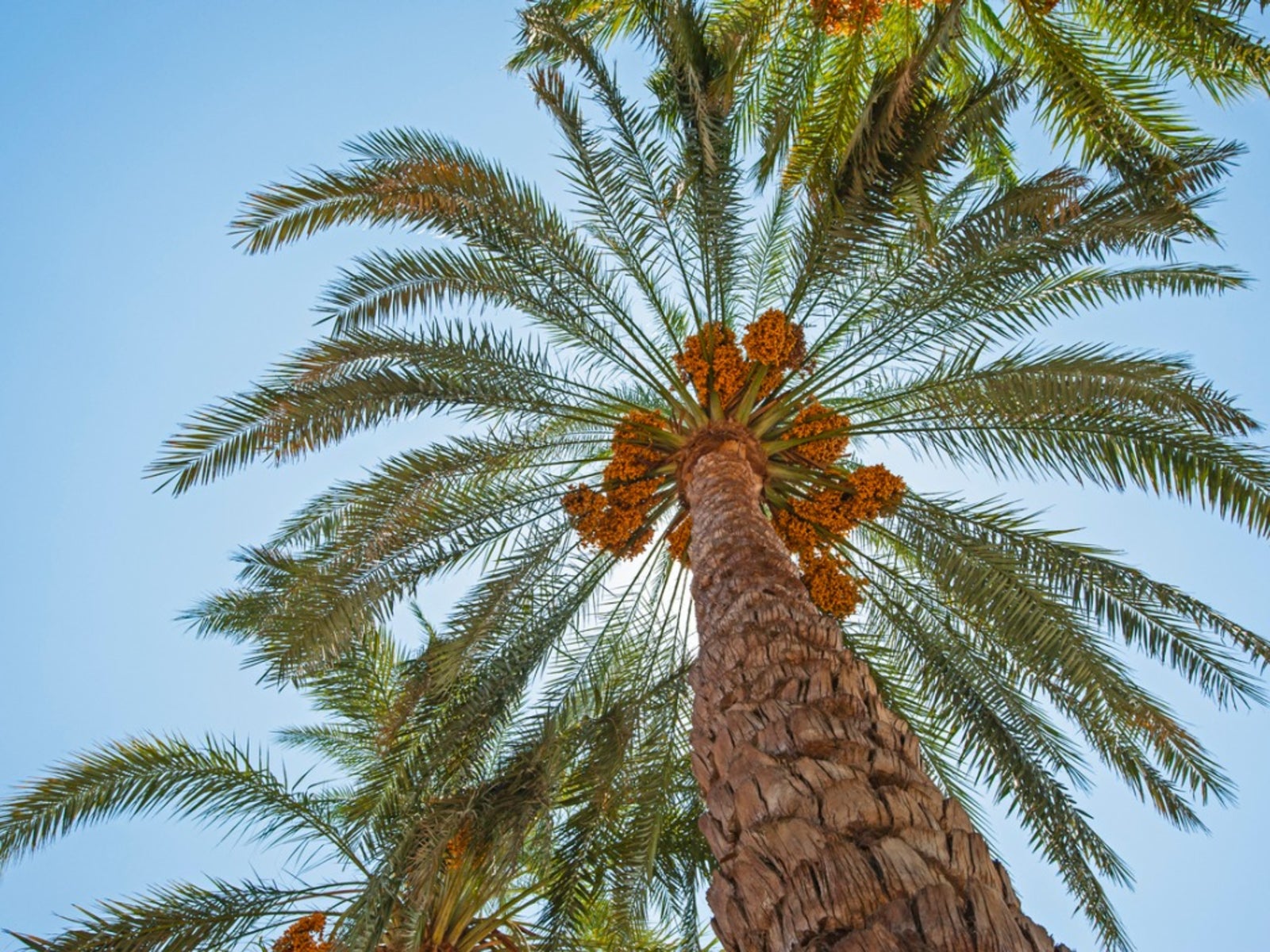 What Is Lethal Yellowing Disease: Learn About Lethal Yellowing Of Palms
What Is Lethal Yellowing Disease: Learn About Lethal Yellowing Of PalmsLethal yellowing is a tropical disease that affects several species of palm. This disfiguring disease can devastate landscapes in South Florida that rely on palms. Find out about lethal yellowing treatment and detection in this article.
By Jackie Carroll